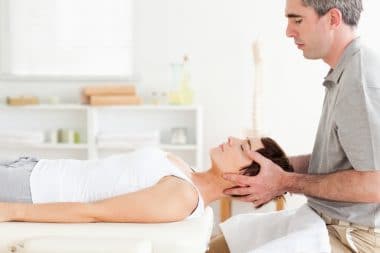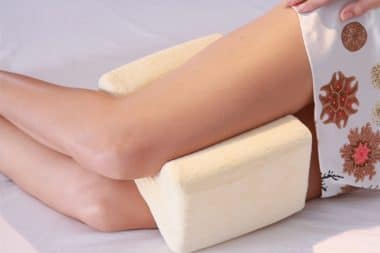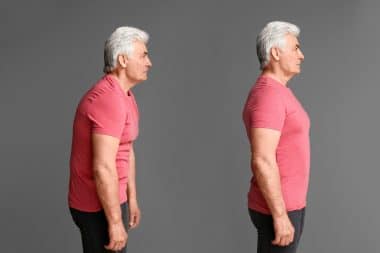People mainly focus on the plank, dead bug, or Russian twist when working for the abdomen. These exercises are known to build core body strength quickly. Yet, they alone are not enough to achieve the perfect posture of your Pilates teacher.
Core Muscles Reviewed
Seven muscles maintain the good posture of your body by keeping your spine stable.
- Diaphragm
- Hip flexors
- Low back
- Obliques
- Pelvic floor
- Rectus abdominis
- Transverse abdominis
You have probably noticed that these muscles participate in different exercises during your workout. So, it would help if you did abdominal stretches at least twice a week to help them relax and recover.
Why Is Abs Stretching Important to a Healthy Posture?
Stretching after a workout boosts muscle growth and prevents soreness. Abs are no exception to this rule. Good posture and the shape of your abdominal muscles are interconnected.
Prevents Strains
If your abs are hyper tense and overworked all the time, they are prone to tears and strains. In other words, regular abs stretching prevents painful strains.
Prevents or Alleviates Back Pain
If you suffer from chronic back pain, your abs are under extra stress to keep your torso in the least painful position.
Physical therapists may prescribe different stretching exercises to relieve your abs. Keeping your midriff well-stretched and flexible is the best way to prevent lower back pain.
Improves Flexibility
Regular abs exercises and stretching keep your lower back flexible and eliminate the risk of lordosis or kyphosis.
Popular Ab Stretching Exercises
Here are four of the most popular ab stretching techniques out there. Practice them safely and responsibly. For example, it’s important not to push too hard with the hands when doing the cobra.
The Cobra Pose
This is probably the best known and the most effective abs stretching exercise. Lie face down on your exercise mat with your arms bent palms-down at shoulders’ width.
Take a breath and gently push the torso up. Remember, you aren’t doing pushups, so don’t push too hard. You should feel a nice stretch all over your abdomen wall. Hold in the upmost position for five minutes while slowly exhaling. Two sets of five reps should do.
Chest Opener on an Exercise Ball
Sit on a large-sized exercise ball in your living room, or the gym, or a yoga studio. Slowly move your feet forward until you’re lying on the ball. Your calves and your hips should form a 90-degree angle. With your hips and head resting on the ball, try lowering your arms towards the floor. As each side of your chest opens, you should feel a deep stretch in your chest and core.
Cat-Cow
Cat-Cow is a yoga pose that does wonders for your posture.
The Cow: Get on all fours with your spine relaxed. Inhale and push your belly down, so your buttocks will go up. With your shoulders relaxed, lift your head and look in front of you.
The Cat: Now exhale and come into cat pose by bending your spine outward. You must simultaneously tuck in your tailbone and draw your pubic bone forward. Lower your head towards the floor without forcing the chin to your chest. Two sets of five or seven reps should be enough.
Standing Triangle Straddle Bends
There are many complicated explanations of this technique. It’s very effective for stretching the external and internal oblique muscles in the abdomen.
Stand with your feet at shoulder length and your big toes pointing forward. Put your right hand up in the air and bend to the left, as if you wanted to make a rainbow over your head.
At the same time, slide your left arm down along your left hip. You should feel a nice stretch on either side of your abdomen. Two sets of five reps per side should do.
Tips for Safe Abs Stretching
Before your abs workout, you should do dynamic stretches to warm up your core muscles. Perform static stretches after your workout to prevent cramps and maintain an optimal body posture.
Don’t Stretch Too Hard
Pushing yourself to stretch beyond your body’s limits is among the most common self-inflicted injuries at the gym.
Stop if you Feel Pain
If you feel pain or discomfort at any point while stretching your abs, you should immediately stop doing that particular exercise.








Reply